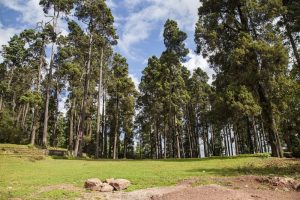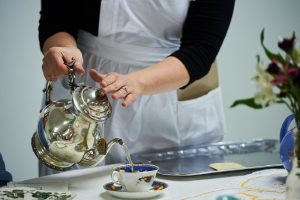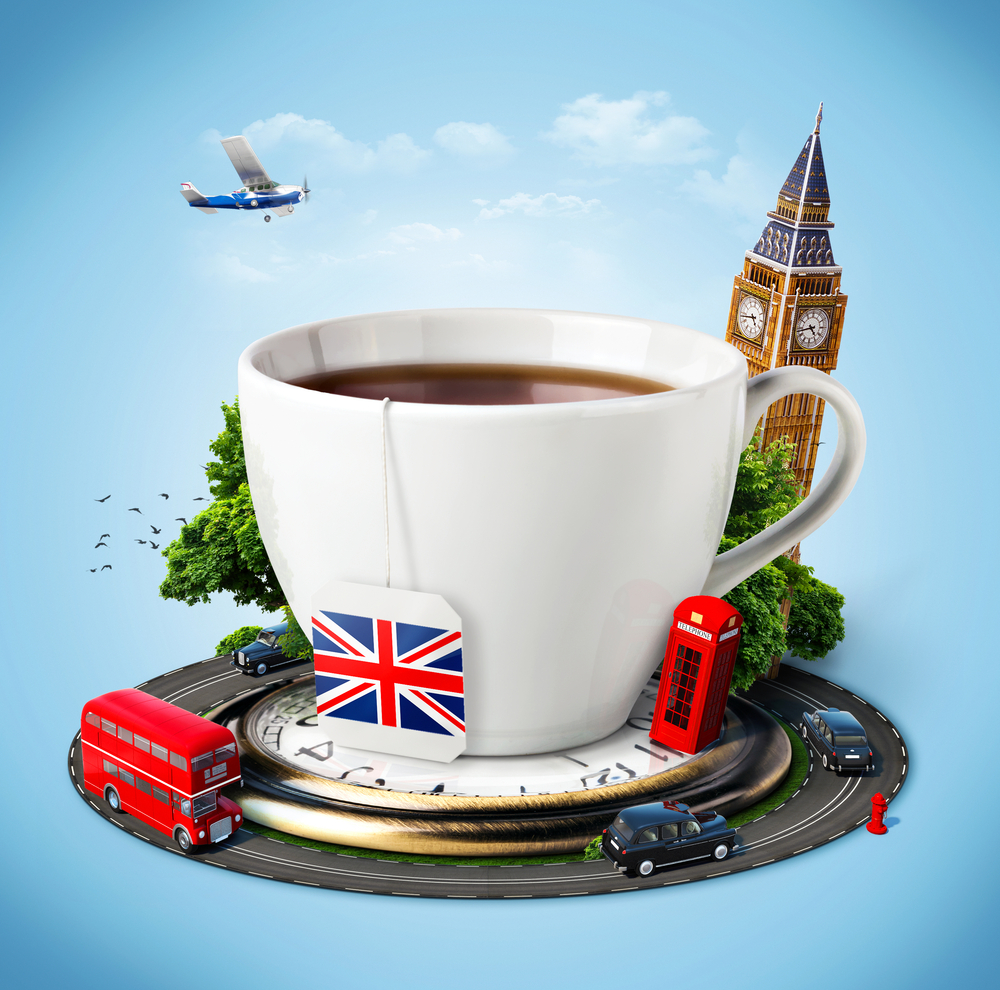It’s no secret that us brits are absolutely addicted to tea. In fact, if there was a hierarchy of beverages that define British culture, it would go: tea, lager, cider, and maybe Pimms if you’re feeling fancy.
And yet, despite being one of the world’s largest consumers of tea, we’re hard-pressed to grow it in our own shores. Unfortunately, the British isles are far too formidable a place for the delicate and fragile tea trees to grow.
So where does all our tea come from? And how did our tea addiction come about?
Taking Root
 The exact geographic origin of Tea is somewhat debated, but the most commonly accepted answer is Yunnan Province in China. Known as the “Birthplace of Tea”, Yunnan Province is where one can find the world’s oldest cultivated tea tree in the world, specifically in Lincang City Prefecture in Fenquing County. But the forests just outside Yunnan also contain wild tea trees, with some an indeterminate age, and are possible even older than the one found in Lincang.
The exact geographic origin of Tea is somewhat debated, but the most commonly accepted answer is Yunnan Province in China. Known as the “Birthplace of Tea”, Yunnan Province is where one can find the world’s oldest cultivated tea tree in the world, specifically in Lincang City Prefecture in Fenquing County. But the forests just outside Yunnan also contain wild tea trees, with some an indeterminate age, and are possible even older than the one found in Lincang.
Brewing tea also has disputed origins. The most commonly accepted legend is that of Shennong, a legendary Emperor of China and heralded as one of the first pioneers of agriculture in China and the founder of traditional Chinese medicine. Emperor Shennong was one of the first people to decree that all his subjects must drink boiled water, as this was cleaner and made them less susceptible to diseases.
Legend goes that, on a cool day and while sitting in his garden, a few leaves from a nearby tea tree were blown into the Emperor’s freshly boiled water. This changed the taste and color of the water, but the Emperor took one sip and was immediately captivated by the flavour and the restorative powers he believes the tea gave him. Another popular anecdote is the Emperor Shennong using various herbs and leaves (some of them even poisonous!) on himself to test their medicinal properties. He eventually found tea leaves to be the most effective.
While there is no way to know exactly who brewed the first cuppa, it’s safe to say that the Chinese were the first culture to write extensively about the subject. Lu Yu, a classical Chinese scholar, wrote one of the first books about tea. “The Classic of Tea” was the first definitive work on the subject and is still considered as a valuable resource for tea lovers today.
Refined in East Asia
It’s no surprise, then, that the Chinese were instrumental in cultivating, using, and refining the art of tea making. In fact, new studies show that they’ve been using tea not just as a drink, but also as medicine. Research by historians have yielded results that showed Han dynasty people using tea as both a cure for various diseases as well as a stimulant.
During the Tang dynasty, Chinese merchants brought both the leaves and the practice of tea to their east Asian neighbors, particularly in the regions we now know as Korean, Japan, and Vietnam.
 Tea use began to take root in Japan around the 6th century AD, when Japanese priests and envoys were sent to China to learn about their culture. Tea drinking was initially confined to the religious and royal classes, with Emperor Saga encouraging the cultivation of tea trees in his country.
Tea use began to take root in Japan around the 6th century AD, when Japanese priests and envoys were sent to China to learn about their culture. Tea drinking was initially confined to the religious and royal classes, with Emperor Saga encouraging the cultivation of tea trees in his country.
As time went on, tea became more and more accessible to people, with green tea becoming the choice drink of the cultured classes. The elaborate tea ceremony was developed sometime around the 15th century and became an integral, semi-religious custom for the mostly Buddhist Japan. By the late 17th century, Japanese scholars developed their own tea, the sencha (煎茶), a type of roasted tea, that has remained popular even to today.
Becoming a British Phenomenon
In the West, the first recorded use of the word “tea” comes from a letter written by Richard Wickham, an East India Company man with an office in Japan, in 1615. He was writing to a merchant in Macao and added a request for a batch of “the best sort of chaw”. “Chaw” would eventually become “chaa”, and eventually, tea.
Thomas Garway, an English tobacco-and-coffee merchant, holds the distinction of being the first person to sell tea in London in 1657. From his house in Exchange Alley, Thomas Garway sold bags of tea for 16 to 50 shillings a pound and made a more than modest living. It was so popular that, in the same year, London coffee houses were carrying Garway tea and selling them at marked-up prices. By 1662, tea drinking entered into Royal custom, with King Charles II and Catherine of Braganza reportedly enjoying a spot of tea every day.
 With the official blessing of the King, tea trade began in 1664. While it started out as importing two pounds for exclusive use by the King, this quickly ballooned per year, and by 1801, England was importing more than 24 million pounds of tea from China, India, and Southeast Asia per year.
With the official blessing of the King, tea trade began in 1664. While it started out as importing two pounds for exclusive use by the King, this quickly ballooned per year, and by 1801, England was importing more than 24 million pounds of tea from China, India, and Southeast Asia per year.
The tea trade between England and the East were done primarily between two companies: the Chinese Cohong and the British East India Company. The Cohong were instrumental in buying and collecting tea from all over China, purchasing them from local farms and villages. They would take their collection and sell it to the British East India Company, who would then sail it across the Indian Ocean and back to England.
Tea quickly became the East India Company’s most successful product, with their marketers pushing it as medicinal beverage or tonic. By the end of the 17th century, tea had become a ubiquitous drink amongst the upper classes. Significant amounts of tea finally flooded the British markets by the 18th century, with black tea being the preferred choice of many Britons. By 1750, tea had become the national drink of the Kingdom and became an indispensable product across the land.
The tea trade was instrumental in defining Britain’s role as an early superpower in history and was key to opening up the East. Surely, no other beverage in the world has had the same impact as tea has. Now, excuse me while I brew myself a nice builders mug of our favorite drink.
